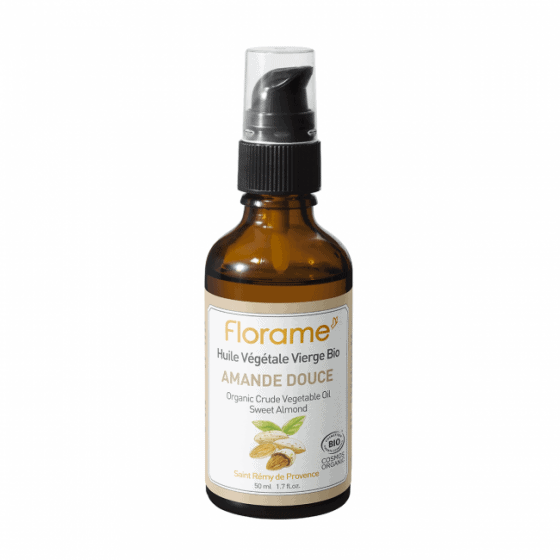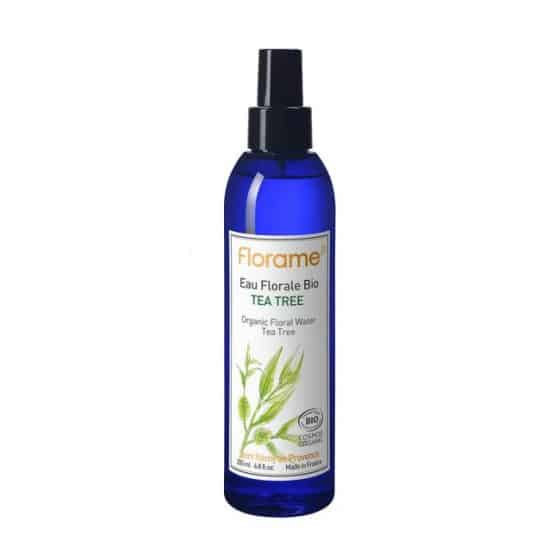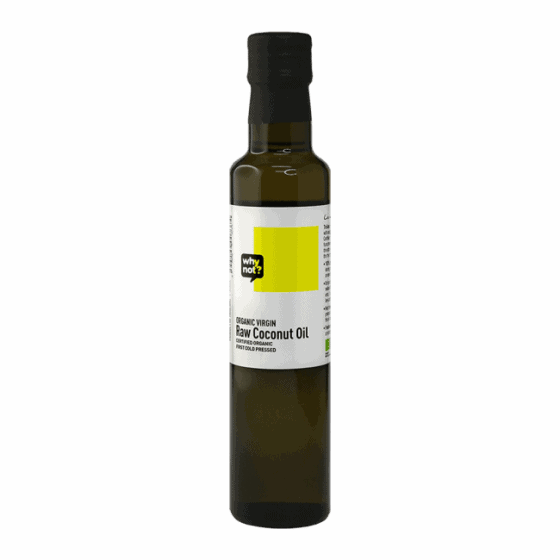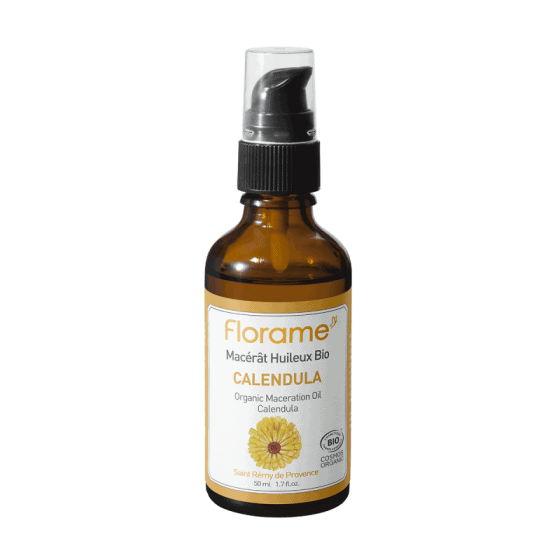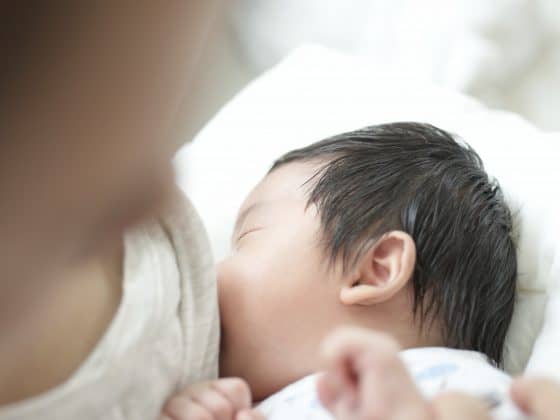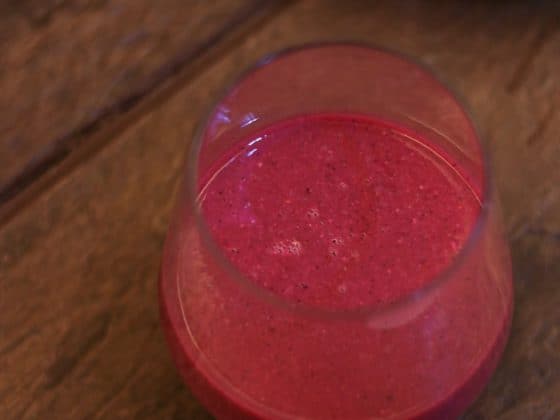Cradle cap is the common term for seborrheic dermatitis of the scalp in infants. It can show up on the forehead and face, behind the ears, in the diaper area, armpits, and other skin folds and creases. It has a look of red and moist in skin creases and folds (like the neck and behind the ears); yellowish with greasy patches or crusts; scaly or flaky. It is commonly present in the first three months of life and is rare after the age of one year.
A baby with cradle cap will have slightly red scaly or crusty yellow patches on the scalp. It may also start on the face or diaper area and spread to other parts of the body. Cradle cap might look uncomfortable or irritating to the skin. But it usually isn’t itchy and doesn’t seem to bother infants.
The exact cause of cradle cap is unknown. It is likely due to a combination of things. Sebaceous glands in the scalp make sebum, which coats, moisturize and protects the skin. It is thought that infants have high levels of maternal hormones in their bodies for several weeks or months following birth and these hormones enlarge the glands (become hyperactive), making more sebum. Too much skin oil (sebum) in the oil glands and hair follicles, and a type of yeast found on the skin called Malassezia may play roles in the development of cradle cap. Cradle cap is not contagious and it is not caused by poor hygiene or bad parenting.
Mothers can try gentle oil treatment using organic cold-pressed vegetable oils to remove the patches if your child has cradle cap. The cradle cap can come back, even when treated properly, because the glands continue to produce sebum for several months after birth.
Oil treatment – choose organic cold pressed calendula oil, sweet almond oil, coconut oil or olive oil.
- Apply the organic cold pressed vegetable oils mentioned above on your child’s affected area.
- Leave it for an hour.
- Comb the flakes with a soft hair brush.
- Spray Florame Camomile Tea or Tea Tree Floral Water, and pat dry with soft cloth.
References:
Kids Health (2019). Cradle Cap (Seborrheic Dermatitis) in Infants. Retrieved from https://kidshealth.org/en/parents/cradle-cap.html

